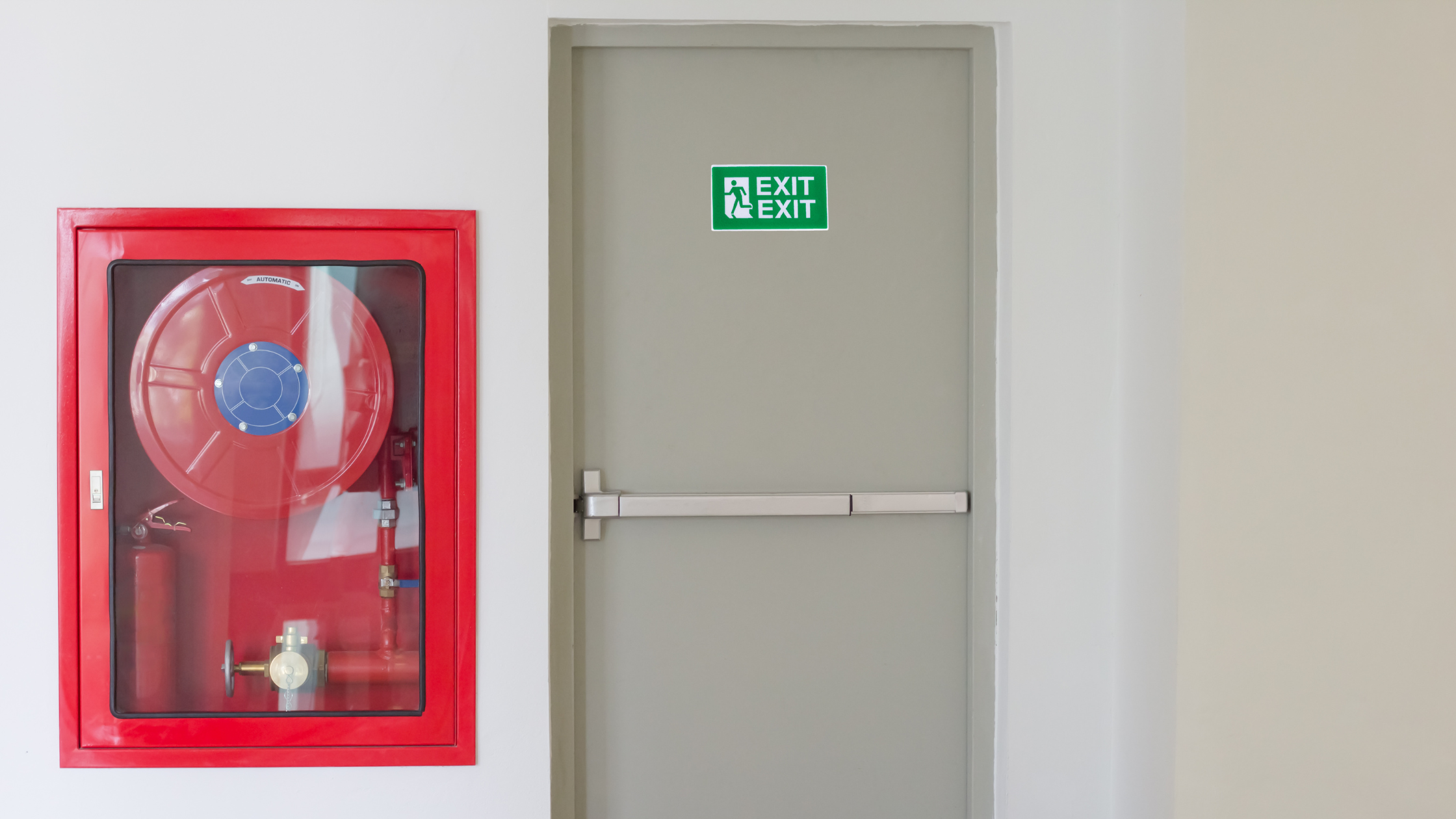Fire Upgrade in Occupied Buildings: What to Expect

Most fire upgrades in NSW happen in occupied buildings. Apartments, mixed-use developments, and commercial properties cannot simply be vacated while fire safety systems are brought up to standard. For strata committees and asset managers, this adds pressure. The work must be done to meet compliance requirements, but it must also be planned around people’s daily routines, safety, and comfort. This is where careful planning makes the biggest difference.
Common Fire Upgrades in Strata and Live Buildings
Many buildings across Sydney and regional NSW are receiving Fire Safety Orders that require:
• Installation of compliant fire doors
• Fire-rated wall upgrades and penetration seals
• Emergency lighting and exit signage
• Fire damper and passive fire barrier installations
• Fire stair or exit enclosure adjustments
• Removal and replacement of combustible cladding.
These works are typically mandated under the Environmental Planning and Assessment Act 1979, requiring buildings to meet current fire safety standards.
Challenges in Occupied Buildings
Working in a building that is occupied means the contractor must plan around people, not just construction timelines. There may be restrictions on when noisy works can occur. Access to stairs, lifts, and common areas must be maintained. Residents and tenants need to know when and where the work is happening, and what to expect.
If these elements are not considered from the start, the project can face delays, frustration, and unnecessary risk.
Regulatory Compliance and Recent Reforms
Recent reforms in NSW have introduced stricter requirements for fire safety compliance. From 13 February 2025, building owners must implement routine maintenance procedures for essential fire safety measures. Certificates must also be issued by accredited practitioners, ensuring that all systems are properly assessed and signed off by qualified professionals.
These changes aim to improve safety standards and support long-term compliance across the strata sector.
What Good Planning Looks Like in Practice
A structured delivery plan begins with a clear risk assessment and a detailed understanding of the building’s layout and how people use the space. Once that’s complete, the contractor should work closely with the building manager, consultants, and fire engineer to define a safe, staged approach.
This process includes planning how access will be managed, setting up safe work zones, and ensuring all residents and occupants are kept informed. The goal is to maintain safety and daily function throughout the project.
This is why working with the right contractor is important. A contractor who understands live environments, communicates well, and works to code can reduce pressure on the committee and make the process smoother. It also helps avoid delays, safety issues, or incomplete compliance documentation.
What to Expect from the Right Contractor
Fire upgrades in live buildings often reveal unexpected conditions along the way. Latent issues are common, and knowing how to respond quickly makes a real difference.
An experienced contractor does more than just meet compliance. They deliver efficient, high-quality workmanship and know how to adapt when the scope shifts. With decades in remedial construction, Dapcor brings the foresight to manage risks early, control costs, and keep complex projects running smoothly.
For safety-critical works, that level of practical experience isn’t just helpful, it’s essential.
> Learn more about Dapcor Fire Upgrades
> Talk to our team about planning your next upgrade

.svg)




.png)
.png)
